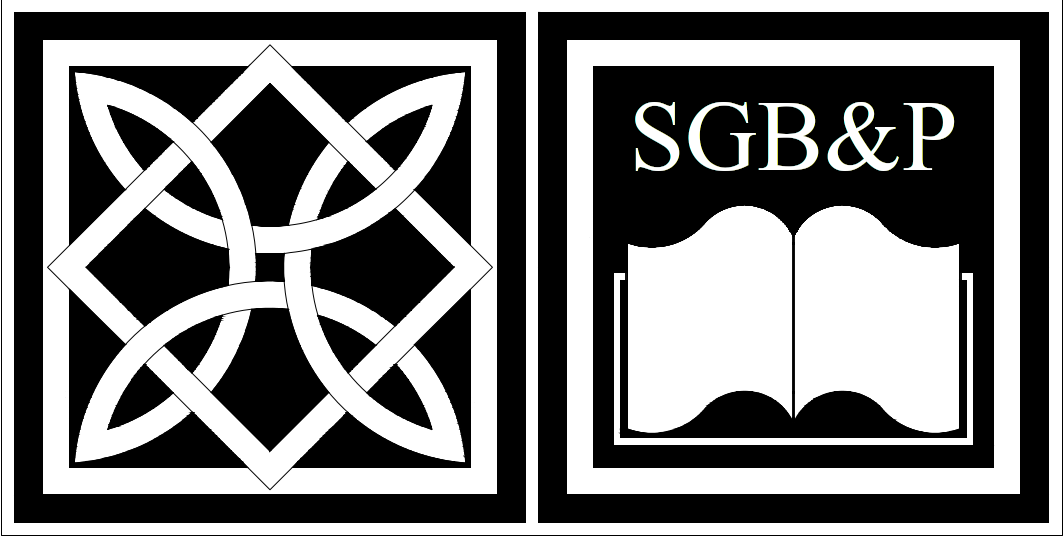Module 5 – (Spring semester) Feb. 9 - March 6, 2026
Bookbinding Structures (16th – 17th Century) - Structure, Damage, and Restoration Treatments I
Module 5
Workshop, 100 hours
Structure of Bookbindings - Dismantling and Restoring Bookbindings
Instructor:
1) Bookbinding types
Variations of bookbinding types
2) Make facsimiles
Full leather (flat spine)
Parchment binding (limp parchment, semi-limp, stiff)
3) General approaches to a bookbinding restoration
Dismantling books
Partial dismantling
Restoration without dismantling
Materials and adhesives used
4) Restoration of the bookbindings
Restoration of cardboard (detached boards)
Restoration of the sewing – cut supports (double supports, alum-tawed leather, vegetal cords)
Restoration of the end bands
Restoration of the cover spine: flat spine, raised bands
Restoration of the cover material: leather, parchment
Student Restoration Project
Start dismantling bindings
Unstitch signature block
Start paper restoration
Module 5
Theory class 1, 24 hours
Bookbinding Structures (16th & 17th Century)
Instructor:
Bookbinding types (16th & 17th centuries)
Variations
Structural characteristics of the 16th – 17th centuries, leather bindings
End leaves
Sewing of the quires
Wood board
Card boards
Board attachments
Spine lining
End bands
Covering materials
Edges decoration
Cover decoration
Module 5
Theory class 2, 24 hours
Bookbindings (16th and 17th Century) – Materials, Deterioration Factors, Approach to Restoration
Instructor:
1) Materials used in traditional bindings. raw materials, chemistry, features, and conservation issues
Animal skins - leather, parchment
Wood
Cardboard
Vegetal fibers (linen, hemp, cotton, silk
Decorated paper
Adhesives (gelatins, flour glue, etc.)
Strings
Straps
Metals
Pigments and gilding
2) Deterioration Factors
3) Approach to restoring bookbindings of 16th – 17th centuries
Archaeology of bookbindings and restoration
Dismantling bookbindings
Partial dismantling
Restoration without dismantling
Replacing original binding
Partial replacement of original binding
3) Restoration materials
Features, uses, issues

